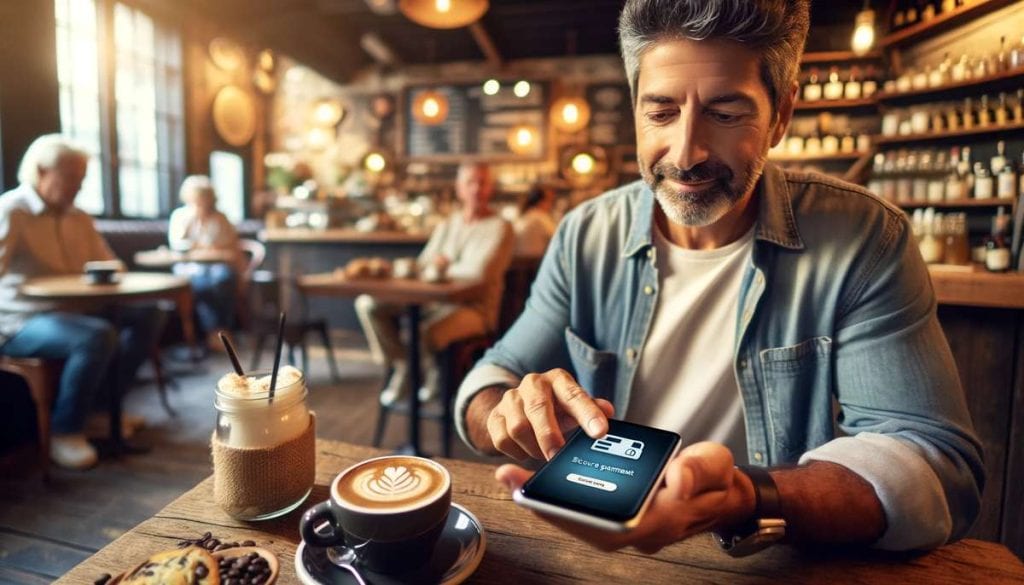Micki and I have learned a thing or two about keeping our mobile payments safe in the past 20 years of travel together.
Back in our first 10 years of travel, our security for mobile payments was as simple as hiding our credit card PIN from prying eyes when we paid at a local shop in Bangkok or Sydney. Other than hiding our PIN, keeping our passwords safe, and making sure that we used secure Wi-Fi networks, security wasn’t a huge part of travel for us back then.
Things have definitely changed in the past few years, with mobile payments popping up everywhere from farmer’s markets, to regular retail stores, to wide adoption of peer-to-peer mobile payments like Venmo. In the age of digital wallets and contactless payments, the convenience of mobile payments has become a travel essential.
Unfortunately, hackers and criminals have also gotten a lot better at stealing information, and skimming mobile payments as well. It seems that almost every time we talk to a friend who’s travelled overseas, they have some story about a credit card being compromised, losing their phone, or identity theft.
All of that means that travelers like us need to be more and more cautious when making mobile payments, whether we’re on vacation, on a road trip, or on a year-long around the world adventure.
What You Need To Know About Mobile Payment Security While Traveling
As a savvy traveler, understanding the nuances of mobile payment security is crucial. From strong passwords to Wi-Fi safety tips, let’s delve into some essential tips and tricks that we use to keep our transactions secure while globetrotting the world.
What are the Risks of Mobile Payments?
Mobile payments, while convenient, can make you susceptible to security risks like data breaches, unauthorized transactions, and identity theft.

How to Reduce Your Risk
There are four main ways to reduce your risk of becoming a victim. We’ll look at each of these in more detail later: 1) using Wi-Fi safely, 2) safeguarding mobile transactions, 3) securing your device, and 4) what to do if your device is lost or stolen.
On top of these four, having a backup payment method or two is a good idea, as is staying on top of cybersecurity risks on the road.
Use These Best Practices While Using Public Wi-Fi
Travel often means connecting to public Wi-Fi networks, which are prime spots for cybercriminals. These networks can often be unsecured and susceptible to prying eyes, allowing hackers to intercept payment information or other…
Click Here to Read the Full Original Article at The Barefoot Nomad…
